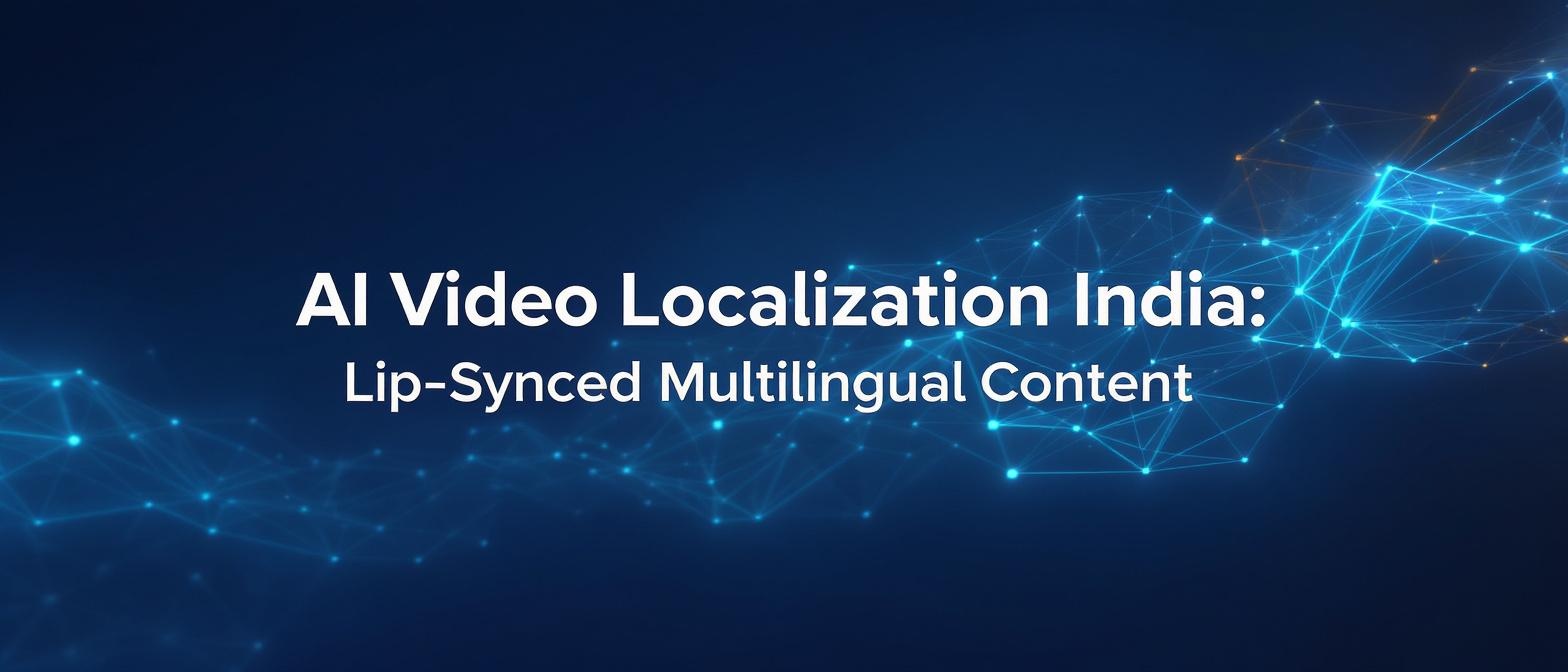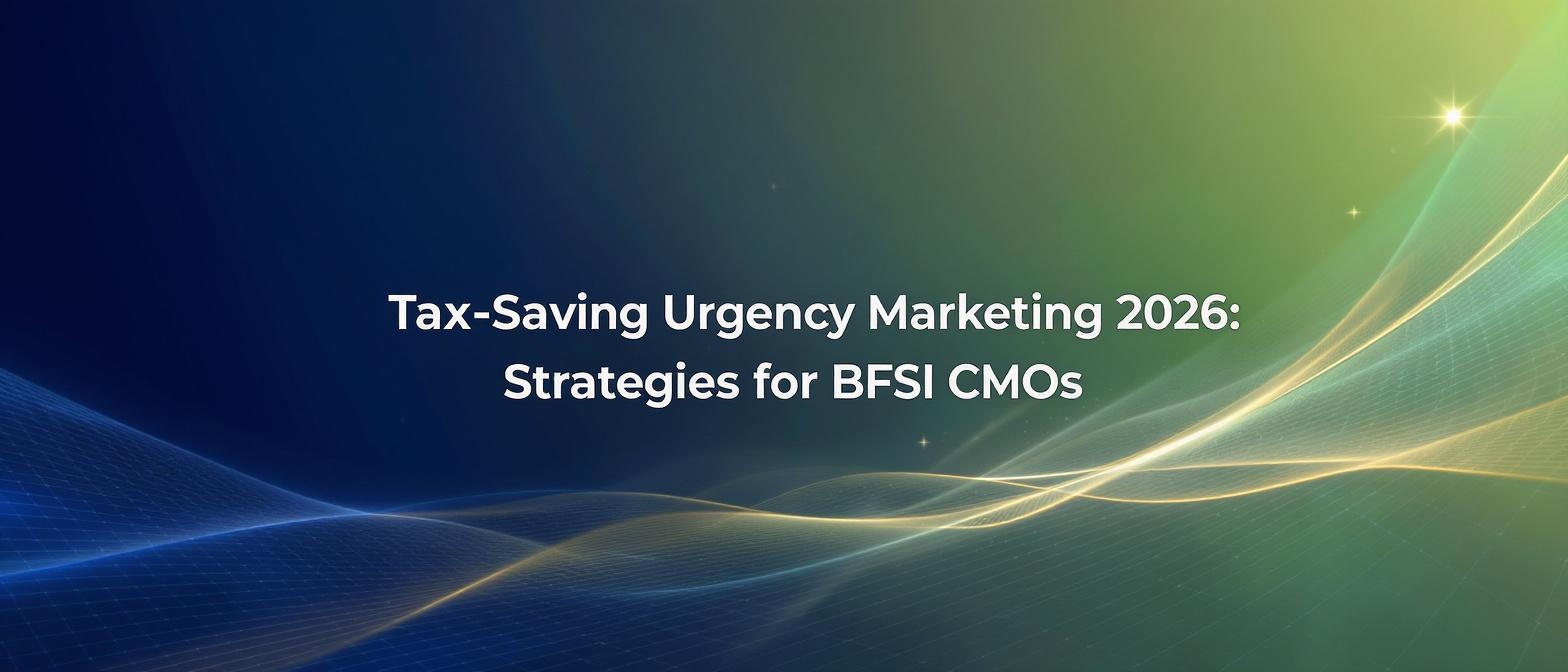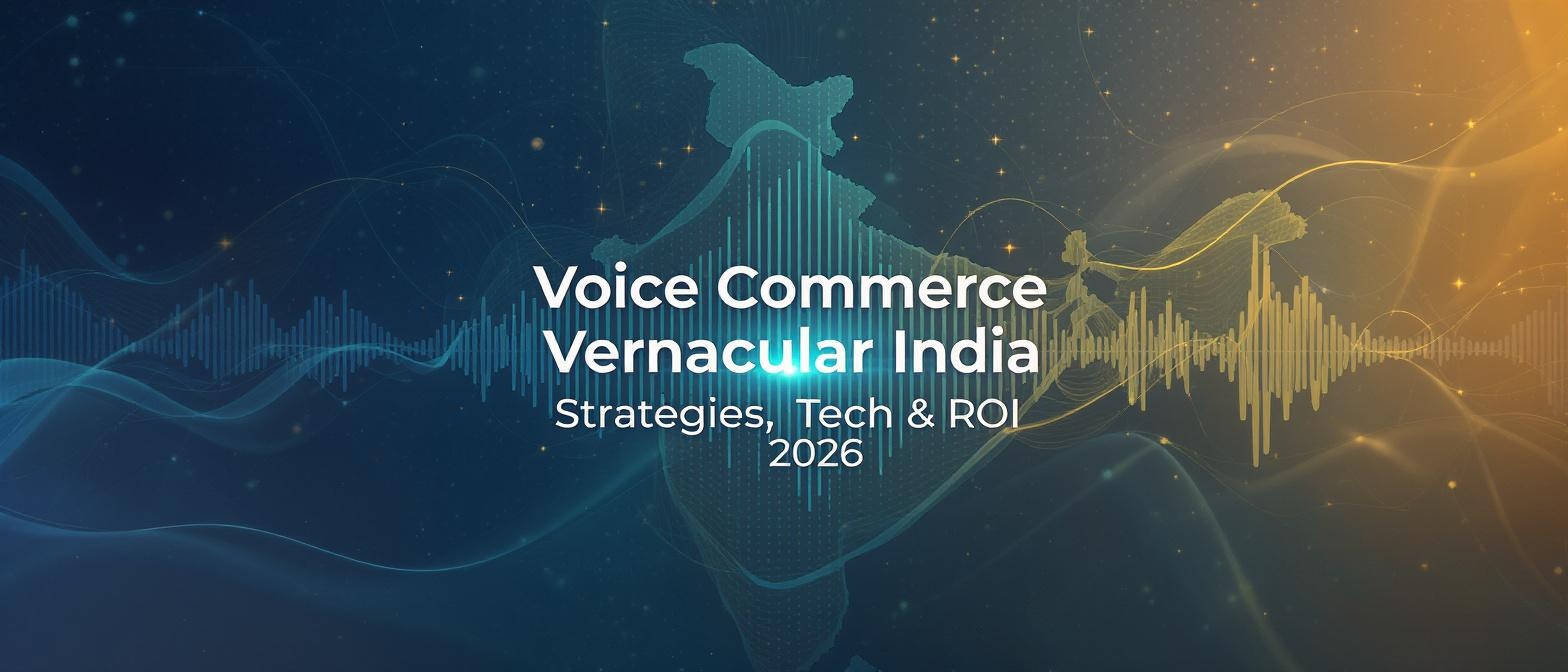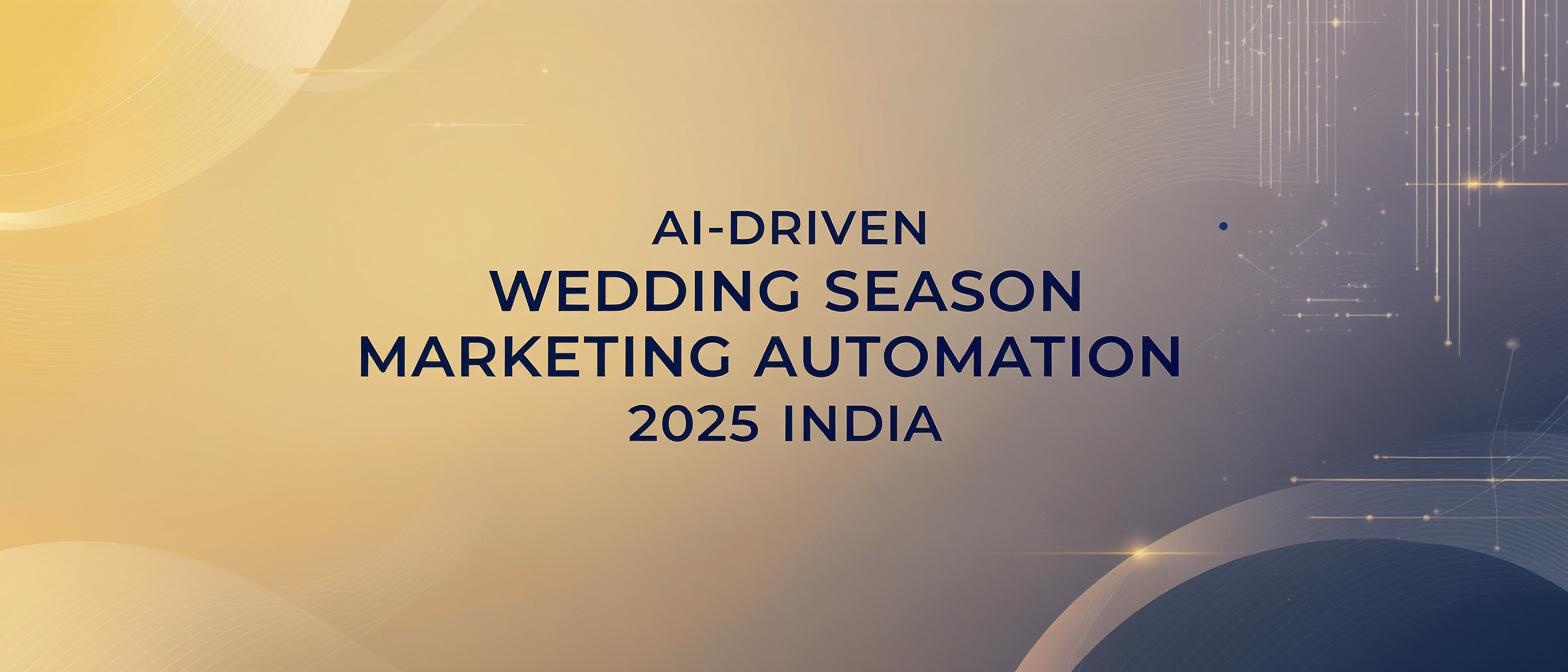AI Video Localization India 2025: Unlocking Accurate Lip-Synced Multilingual Content
Estimated reading time: 13 minutes
Key Takeaways
- AI-driven localization is transforming content creation for India’s diverse linguistic landscape
- Emerging technologies enable near-perfect lip-sync accuracy and culturally fitting translations
- Cost reductions of up to 70% make AI dubbing a budget-friendly alternative to human dubbing
- Enterprises can scale rapidly by localizing massive video libraries in a fraction of the time
- Studio by TrueFan AI is a leading platform with extensive Indian language and accent support
The digital landscape of India is a vibrant, sprawling mosaic of cultures, languages, and aspirations. For content creators, marketers, and businesses, this diversity represents both a monumental opportunity and a significant challenge. How do you connect with an audience that speaks over 22 official languages and more than 400 dialects? The answer lies in a transformative technology that is reshaping content strategy: AI video localization India 2025. This isn’t merely about slapping subtitles on a video; it’s about using artificial intelligence to seamlessly translate, dub, and culturally adapt video content, making it resonate authentically with every viewer, regardless of their native tongue.
India’s linguistic complexity has traditionally made manual localization a costly and time-consuming bottleneck. Scaling video content for tier-2, tier-3, and rural audiences was a logistical nightmare. Today, AI is demolishing these barriers. The market is responding with explosive growth; India’s AI video sector is projected to surge to an astonishing US$3 billion by 2025, rocketing forward at a 34.5% compound annual growth rate (CAGR). This boom is fueled by a clear and urgent need among YouTube creators, digital marketing agencies, and e-learning platforms for fast, scalable, and—most importantly—accurate, lip-synced dubbing. The goal is no longer just translation; it’s about creating an immersive experience where the dubbed content feels entirely native, unlocking unprecedented audience engagement across the subcontinent.
1. The New Wave: AI Dubbing with Lip Sync Accuracy in 2025
The future of video content is not just multilingual; it’s flawlessly native. The core technology driving this revolution is AI dubbing with lip sync accuracy. This sophisticated process involves AI systems that don’t just generate a voice-over; they meticulously align the new audio with the on-screen speaker’s mouth movements. This is achieved through a combination of cutting-edge technologies like diffusion-based face reanimation, which subtly alters facial expressions, and advanced neural voice cloning.
The technological leaps between 2024 and 2025 have been profound. We’ve moved beyond robotic-sounding translations to emotionally resonant voice clones that can capture the specific phonetics and cadences of Indian languages. Key breakthroughs include:
- Diffusion-Based Facial Animation: These models can generate incredibly realistic and subtle mouth movements that correspond to the phonemes of the target language, making the dubbed version look natural and convincing.
- Neural Voice Cloning for Indian Phonetics: AI models are now being trained on vast datasets of Indian languages, allowing them to replicate tones, accents, and emotional nuances with startling accuracy.
This rapidly advancing field is led by a mix of global tech giants and agile Indian innovators. Companies like Adobe, NVIDIA, and Microsoft are pushing the boundaries of AI media creation, while platforms such as Designs.ai, Lumen5, and muse.ai are making these tools more accessible. In India, local players are emerging to address the unique demands of the market, with companies like TrueFan leading the charge in providing hyper-realistic, production-grade solutions.
The benchmark for quality is rising just as quickly. Market analysis predicts that by 2025, top-tier AI platforms will achieve over 90% lip-sync accuracy, making the technology virtually indistinguishable from manual dubbing for many use cases. Looking ahead, the next evolution is already on the horizon: real-time dubbed livestreams for sporting events or news, AI that matches the emotional tone of the original speaker, and custom accent modeling to connect with specific regional dialects.
Source: Market Report Analytics
2. A Comparative Look: Top Multilingual Video Translation Tools for the Indian Market
Choosing the right tool is critical for success. While many platforms offer video translation, their capabilities, accuracy, and suitability for the Indian market vary significantly. Instead of a simple feature list, let’s compare the leading solutions based on a framework designed for Indian content creators.
Comparison Framework:
- Tool & Specialization: What is the platform’s core strength? Is it built for quick social media clips or for enterprise-grade, long-form content?
- Indian Language Support: How deep is the support for languages like Hindi, Tamil, Telugu, Marathi, and Bengali? Does it handle regional dialects?
- Lip-Sync Accuracy: How well does the tool align dubbed audio with mouth movements? Is it basic phoneme matching or advanced facial reanimation?
- Turnaround Time: How many minutes of processing are required for one minute of video? Speed is crucial for creators on tight schedules.
- Pricing Model: Is it a monthly subscription, a pay-per-minute model, or a bespoke enterprise plan?
- Key Pros & Cons for India: What makes the tool a good or bad fit for the unique challenges of the Indian linguistic landscape?
Top 5 Tools for AI Video Localization in India:
-
Studio by TrueFan AI
- Specialization: Enterprise-grade, high-fidelity AI video generation with a focus on photorealistic avatars and perfect lip-sync.
- Indian Language Support: Extensive, covering over 15 major Indian languages and 175+ global languages, with models tuned for Indian accents.
- Lip-Sync Accuracy: Market-leading, utilizing diffusion-based face reanimation for exceptionally high accuracy.
- Turnaround Time: Extremely fast, with render times as low as 30 seconds for a typical video clip.
- Pricing Model: Tiered subscriptions starting from a starter plan to comprehensive enterprise solutions.
- Pros: Unmatched lip-sync quality, real influencer avatars, strong compliance features (ISO 27001 & SOC 2), and an in-browser editor make it a professional-grade tool.
- Cons: Primarily geared towards serious creators, marketers, and enterprises who prioritize quality and scalability over free, basic tools.
-
Designs.ai
- Specialization: An all-in-one suite of AI-powered creative tools, including a video maker.
- Indian Language Support: Supports major Indian languages like Hindi.
- Lip-Sync Accuracy: Moderate. It offers text-to-video with voice-over but lacks the advanced facial reanimation of specialized platforms.
- Turnaround Time: Fast for template-based videos.
- Pricing Model: Subscription-based.
- Pros: User-friendly and versatile for various creative tasks beyond video.
- Cons: Lip-sync is not its core feature, and accuracy can be less precise for nuanced Indian dialects.
-
Lumen5
- Specialization: AI-powered video creation primarily for social media marketing and turning blog posts into videos.
- Indian Language Support: Basic support for languages like Hindi and Tamil.
- Lip-Sync Accuracy: Basic. Primarily focuses on creating videos from text with stock footage and voice-overs, not on dubbing existing footage with high lip-sync accuracy.
- Turnaround Time: Very fast for its intended use case.
- Pricing Model: Tiered subscription model.
- Pros: Excellent for quickly repurposing written content into engaging social videos.
- Cons: Not suitable for projects requiring accurate dubbing and lip-sync of on-screen speakers.
-
muse.ai
- Specialization: An AI video hosting and streaming platform with powerful search and indexing capabilities.
- Indian Language Support: Offers transcription and subtitles in over 10 Indian languages.
- Lip-Sync Accuracy: Moderate. Its focus is more on transcription and search within video content rather than dubbing.
- Turnaround Time: Fast transcription speeds.
- Pricing Model: Subscription-based on storage and features.
- Pros: Powerful tool for managing and searching large video libraries.
- Cons: Lip-sync functionality is not as developed as dedicated localization platforms.
-
Google Cloud Translate API (Video)
- Specialization: A powerful, developer-focused API for integrating translation capabilities into custom applications.
- Indian Language Support: Extensive language support through Google’s translation engine.
- Lip-Sync Accuracy: Depends on implementation. The API provides translation, but developers must build the lip-sync mechanism themselves.
- Pricing Model: Pay-as-you-go based on usage.
- Pros: Highly flexible and scalable for businesses with in-house development teams.
- Cons: Requires significant technical expertise to implement and is not an out-of-the-box solution for creators.
Source: Business Research Insights
3. Under the Hood: A Review of Lip Sync AI Video Tools
The magic of AI video localization lies in the technology powering it. Let’s delve deeper into how these tools achieve their results, with a special focus on the market leader for the Indian context.
Most lip-sync tools use one of two methods:
- Phoneme Mapping: A simpler technique that maps the sounds (phonemes) of the dubbed language to a set of pre-defined mouth shapes. It’s faster but can look generic and less natural.
- Face Mesh Warping & Reanimation: A more advanced method that creates a detailed 3D mesh of the speaker’s face. AI then manipulates this mesh to realistically recreate the mouth and jaw movements for the new dialogue.
User feedback from the Indian market consistently highlights a critical need: accuracy with local names, places, and idiomatic phrases. This is where generic, globally-focused models often falter.
A Deep Dive into Studio by TrueFan AI:
Studio by TrueFan AI has been engineered specifically to solve these challenges, making it a standout choice for high-quality localization in India.
- Core Lip-Sync Method: The platform employs a sophisticated diffusion-based face reanimation model. This generative AI technique doesn’t just warp the existing mouth; it intelligently regenerates the entire lower facial area frame by frame to match the new audio track.
- Specialized Features for India:
- Avatar Library & Custom Training: The platform features a library of pre-licensed, photorealistic AI avatars based on real Indian influencers like Gunika, Annie, and Aryan. More importantly, its custom avatar training enables companies to create a digital twin of their own brand ambassador or CEO.
- Extensive Language Support: Studio by TrueFan AI’s 175+ language support and AI avatars are specifically tuned for Indian accents and phonetics.
- All-in-One In-Browser Editor: Users can manage the entire workflow in one place, including script-to-video generation, trimming clips, and adding dynamic subtitles.
- Enterprise-Grade Compliance: The platform is ISO 27001 & SOC 2 certified, ensuring data security and brand safety.
- Pricing & Integration: The pricing is structured to be accessible, with a Starter tier at ₹2,999/month, scaling up to bespoke Enterprise plans. It also offers robust API and webhook integrations for automated workflows.
4. The 2025 Vision for Video Translation Accuracy
Video translation accuracy is no longer a simple measure of correct words. By 2025, it’s a composite metric that combines three critical elements:
- Speech Recognition: The initial accuracy of transcribing the source video’s audio.
- Translation Quality: The contextual and cultural correctness of the translated script.
- Lip-Sync Alignment: The perceptual quality of the synchronization between the new audio and the speaker’s mouth movements.
Currently, the industry benchmark for high-quality AI localization hovers around 80-85% overall accuracy for major Indian languages. However, the 2025 goal for enterprise-grade applications is to consistently exceed 90% accuracy for languages like Hindi, Tamil, and Telugu.
This isn’t just a technical benchmark; it has a direct impact on business outcomes. An Indian e-learning platform, for instance, reported a 40% increase in engagement from rural and semi-urban users after localizing their educational videos with high-accuracy AI dubbing. This highlights a key industry trend: the integration of continual learning loops, where feedback from native speakers is used to refine the AI models.
Content Gap Filled: The Role of Human-in-the-Loop
While AI is powerful, the path to 95%+ accuracy involves a “human-in-the-loop” approach. Top-tier services incorporate quality assurance steps where native language experts review the AI’s output, focusing on final polish for idiomatic expressions, cultural references, and humor. This hybrid model combines speed and scale with human nuance.
5. AI vs. Human Dubbing: A Clear-Cut Cost Analysis
For decades, professional human dubbing was the gold standard, but it came with a hefty price tag. The process is complex and resource-intensive.
Cost Components of Human Dubbing:
- Voice Artist Fees
- Recording Studio Rental
- Sound Engineer and Director Fees
- Script Adaptation and Translation
- Mixing and Post-Production
- Time and Costs for Retakes
Cost Drivers of AI Dubbing:
- Platform Subscription or Per-Minute Fees
- Compute Time (usually included)
- Initial Setup and Integration
The economic advantage of AI is staggering. Industry reports show that AI dubbing can lead to a cost reduction of up to 70% compared to traditional methods. But the savings go beyond just the sticker price.
Case Study: The True Cost of Delay
Consider “Brand X,” a fast-growing e-commerce company planning a festive season campaign.
- Manual Path: 6 weeks and $70,000
- AI Path: 1 week and $20,000
The direct saving was $50,000. By launching 5 weeks early, they captured critical market share at the peak of the shopping season.
A Simple ROI Formula:
(Cost of Human Dubbing - Cost of AI Dubbing) / Cost of AI Dubbing * 100% = ROI %
For Brand X: ($70,000 - $20,000) / $20,000 * 100% = 250% ROI
Content Gap Filled: The Opportunity Cost of Sticking to Manual
The true cost of slow, manual localization isn’t just the expense; it’s the lost opportunity. In a fast-moving digital market, speed is a competitive advantage. While a marketing team spends six weeks dubbing a campaign, a more agile competitor using AI can launch and iterate multiple times.
6. Cracking the Code: Regional Language Video Localization in India
To truly succeed in India, brands must think beyond English and Hindi. The next wave of digital growth is coming from communities that primarily consume content in languages like Marathi, Kannada, Bengali, Telugu, and Tamil. These are not niche markets; they represent hundreds of millions of potential customers.
This is where regional language video localization becomes a strategic imperative. True cultural adaptation involves:
- Adjusting Tone and Idioms: Ensuring humor, metaphors, and phrases are culturally appropriate.
- Modifying On-Screen Text and Graphics: Translating text overlays and calls-to-action.
- Cultural Color Palettes and Imagery: Customizing visuals to align with regional aesthetics or festivals.
A major OTT platform or e-learning company might need to localize over 1,000 hours of content every month, making enterprise-grade AI pipelines essential. Studio by TrueFan AI enables businesses to set up automated workflows for batch processing at scale.
Content Gap Filled: Beyond Language – AI-Powered Visual Culturalization
The next frontier of localization is visual. Emerging AI tech can suggest or automatically implement visual changes for cultural relevance—such as adjusting clothing, decorations, or background elements for specific regional festivals.
7. The Technological Edge: TrueFan's Enterprise-Grade Capabilities
For large-scale operations, the underlying technology, security, and integration capabilities of an AI platform are paramount. Studio by TrueFan AI is built on an enterprise-grade foundation designed for scalability and reliability.
Core Platform Features:
- Browser-Based Studio: An intuitive, all-in-one platform requiring no software installation.
- Script-to-Video Engine: Instantly generate lip-synced videos from just a text script and an AI avatar.
- Multi-Aspect Ratio Editor: Seamlessly create versions for YouTube, Instagram Reels, and Facebook.
Advanced Enterprise Technologies:
- Virtual Reshoots: AI-powered modification of visual elements within the video to match local cultural signifiers.
- Robust API & Webhooks: Full integration support for automated content pipelines.
- Uncompromising Safety & Moderation: Real-time profanity filters and compliance governance tools ensure brand safety.
- Built for Scale: 30-second render times, cloud-agnostic backend, and ISO 27001 & SOC 2 certification.
The platform’s core rests on diffusion-based face reanimation for flawless lip-sync and neural voice cloning specifically tuned for Indian accents and dialects.
8. Real-World Impact: Case Studies & Success Stories
The true measure of any technology is its real-world impact. AI video localization is already delivering transformative results for Indian businesses.
Case Study 1: The Ed-Tech Revolution
- The Challenge: A leading ed-tech platform needed to localize 1,000+ hours of instructional videos.
- The Solution: Translated and dubbed the content into 5 regional languages.
- The Result: Completed in four weeks instead of a year. A 100% increase in user base from non-metro regions within six months.
Case Study 2: The Hyper-Localized FMCG Campaign
- The Challenge: A major FMCG brand needed a festive campaign that resonated with diverse regional celebrations.
- The Solution: Localized the main campaign video across 8 markets with culturally relevant voice-overs and visual tweaks.
- The Result: A 50% higher engagement lift compared to the previous year. One client remarked on the “completely natural lip sync” for Tamil viewers.
Solutions like Studio by TrueFan AI demonstrate ROI not just through cost savings, but through measurable uplifts in marketing metrics like engagement and watch-through rates.
Conclusion: Your Gateway to a Billion Viewers
The era of one-size-fits-all content is over. In the vast and varied digital ecosystem of India, the future belongs to those who can speak the language of their audience—literally. AI video localization India 2025 is the key that unlocks this future. It solves the core challenges of scale, speed, cost, and authenticity that have long held creators and businesses back.
The technology has matured from a novel experiment to an essential strategic tool. With near-perfect lip-sync accuracy, emotionally resonant voice cloning, and deep cultural adaptation capabilities, AI is empowering creators to build deeper, more meaningful connections with audiences in every corner of the nation.
Don’t let language be a barrier to your growth. The tools to reach a billion viewers are here.
Ready to see the future of content in action? Test a demo of Studio by TrueFan AI today or contact their sales team for a personalized enterprise trial. Start by piloting 5 of your videos and measure the engagement uplift for yourself.
Frequently Asked Questions
How does AI handle the translation of colloquialisms and idioms in Indian languages?
Advanced AI models are trained on vast datasets that include local vernacular. For perfect accuracy, top platforms use a human-in-the-loop system. The AI supplies a highly accurate baseline, and native linguists refine idiomatic expressions and cultural nuances.
What is the typical workflow for a creator using an AI localization platform?
Typically, you upload your source video, select target languages, and let the AI transcribe, translate, and generate lip-synced audio. You then review the results in an in-browser editor, make final tweaks, and export the localized versions.
Can AI voice cloning replicate specific brand ambassador voices?
Yes, with sufficient high-quality audio data, AI can clone a specific voice for brand ambassadors or executives. This ensures consistent, recognizable branding across multilingual content.
How does data privacy and security work with cloud-based AI video tools?
Leading platforms adhere to strict security standards like SOC 2 and ISO 27001. Video content and data are encrypted, and compliance audits ensure robust safety measures.
What is the learning curve for using these AI video localization tools?
Most self-serve platforms offer intuitive, user-friendly interfaces similar to design tools like Canva. Even non-technical users can generate their first localized video in minutes. Advanced API integrations require some developer expertise.





